Let’s get one thing out of the way: I’m not an engineer. I don’t write Python in my sleep. I don’t wake up thinking about token limits or latency. But I do spend my days bringing deeply technical products to market and helping the sales teams sell them with confidence.
If you’ve ever sat through a demo where everyone nods but no one understands, or watched a sales deck melt under the weight of jargon, this one’s for you.
This isn’t a story about faking it. It’s a story about translating it.
Because PMMs are often the first line of clarity between the product and the people selling it. And that’s not a liability – it’s leverage.
Ask the “dumb” questions so sales doesn’t have to
Technical teams speak in shorthand. That’s not a dig: it’s just reality. They’re deep in the product, surrounded by acronyms and abstractions that make sense to them but confuse everyone else.
Your job is to slow things down. Interrupt the rhythm. Be the person who says:
“Okay, but what does this actually mean for our customer?”
“Can you show me how this works, like, actually show me?”
“Is this solving something urgent, or just clever?”
What to do:
- Sit in every product sync and bring a fresh lens: what isn’t being said?
- Map new features to specific customer pain points before writing any messaging.
- Play “explain like I’m five” with your technical counterparts, flip it, and test it with sales.
Real-life example
During a developer SDK (software development kit) launch, I couldn’t get a straight answer on what made the process “frictionless.” That led to us mapping the integration process visually in a single slide, and that one visual became the most-used sales asset in the deck.
Translate complexity into clarity
Salespeople don’t need to recite the technical stack, but they need to tell a story that leads to a signature. That’s your job: shape the raw ingredients into something digestible, relevant, and repeatable.
This is where you shine. You’re not bogged down by the backend. You’re obsessed with buyer behavior, persona motivations, and what happens in the room when a seller is fumbling through a feature list.
What to do:
- Build a value framework that links each capability to a business outcome.
- Lead with “why this matters” before “how it works.”
- Create different message formats: a 1-liner, a story, and a visual per key feature.
For every feature, create:
- The “cocktail party pitch” (1-sentence hook)
- The business case (what it solves and why it matters)
- The demo narrative (how to show it)
Real-life example
At another project, we turned “core banking modernization” from an abstract initiative into a pitch about speed-to-market and faster onboarding. That shift helped our partners sell with urgency instead of confusion.
Co-create with the product team, not after
If you’re not technical, your job isn’t to guess or Google your way through it. Your job is to partner. Sit down with the engineers, the SEs, the technical PMMs. Ask them to walk you through it, then repeat it to them in plain language and let them correct you.
Co-creation isn’t a sign of weakness because it’s the only way to produce sales content that’s both credible and compelling.
What to do:
- Host messaging validation sessions with technical PMMs or SEs.
- Invite product leads to enablement working sessions.
- Record product walkthroughs and turn them into annotated training for sales.
Real-life example
At an early stage of the company, our objection-handling doc was a joint effort between product, sales, and me. We updated it live after every customer pilot and role-played scenarios with audit managers. That document is now a core sales asset because it was built with the folks who knew the real objections.
Keep the focus on the customer, not the console
Every technical product wants to lead with how it works. But no buyer ever asked, “What’s your data pipeline like?” before understanding how the solution can solve their problem.
As the PMM, you are the buyer’s voice in the room. You are their attention span. You are their BS detector.
What to do:
- Interview users to hear how they describe their problems (not how you tell them).
- Align sales materials to job titles and pain points, not product features.
- Reframe every feature as an answer to a customer’s “so what?”
Real-life example
When we rolled out a legacy product into a new platform, we scrapped the latest technology hype and said, “How fast can you find the right answer – and trust it?” That reframing helped sales lead with outcomes, not acronyms.
Build confidence, not just decks
Your job isn’t just to hand off content. It’s to make sure the sales team uses it and believes in it. The best messaging in the world is worthless if it doesn’t feel right in someone’s mouth. That means giving sales teams tools and the trust to adapt them.
What to do:
- Shadow sales calls or listen to recordings to see how messaging really lands.
- Run internal enablement sessions that are half training, half therapy.
- Encourage feedback and iterate relentlessly.
Real-life example
During one company’s activation, we armed the sales team with objection flashcards, demo snippets, and tailored intros depending on the persona. The result? 3x website traffic, inbound from 150+ target accounts, and a sales team that could hold their own in any conversation – no jargon crutches required.
Final thoughts: You don’t need to code to be credible
Not being technical might be your greatest superpower. Why? Because it puts you in the role of translator, bridge-builder, and ultimate balancer of the two worlds that often speak entirely different languages: product and people. It means asking the obvious and non-obvious questions, gut-checking the jargon, and holding the line on clarity when complexity tries to take the wheel.
Because here’s the thing: technical expertise is essential, but it’s not the only thing that moves deals forward. Your ability to connect dots, shape narratives, and keep everyone aligned around why it matters? That’s what turns features into revenue.
Here’s what you actually need, regardless of whether you can write a line of code:
- Curiosity: Don’t just nod along, ask “why?” until the signal is louder than the noise.
- Collaboration: Bring people into the process. Build with your technical partners, not after them.
- Customer empathy: Know your audience like you know your favorite snack – intimately, instinctively, and without buzzwords.
- Communication: If you can’t explain it, then no one can sell it. And no one should have to.
The truth is, flexible, customer-obsessed, and collaborative PMMs are not just part of the process – we are the process. We’re not a gap. We’re the glue.
When we connect product truth to customer need, we transform complexity into clarity and help sales teams walk into the room with something every buyer can feel: confidence.
And in the end, the best story wins, and we can be the ones who know how to tell it.





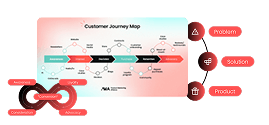
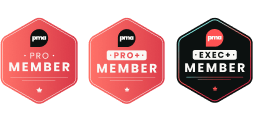






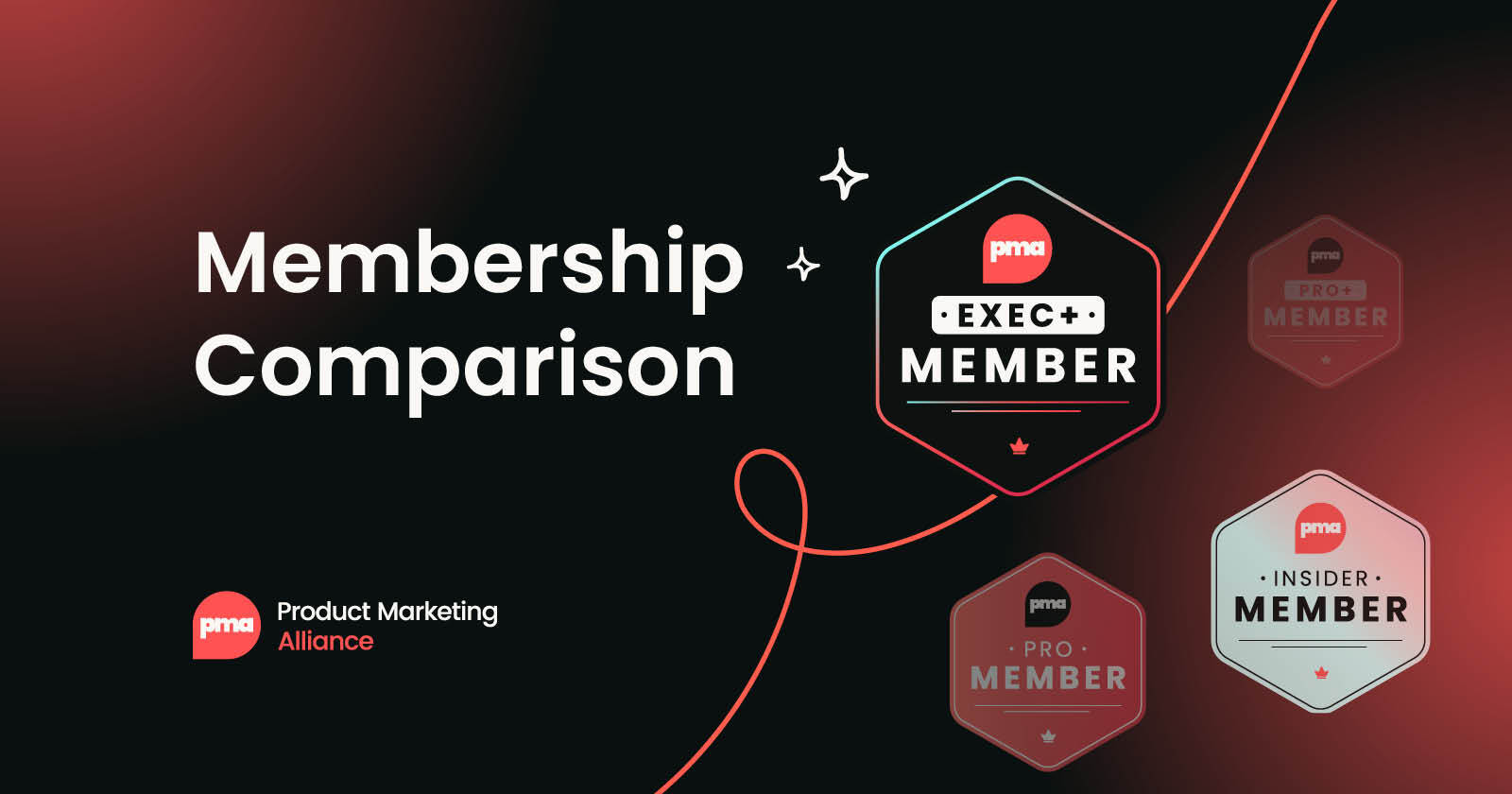
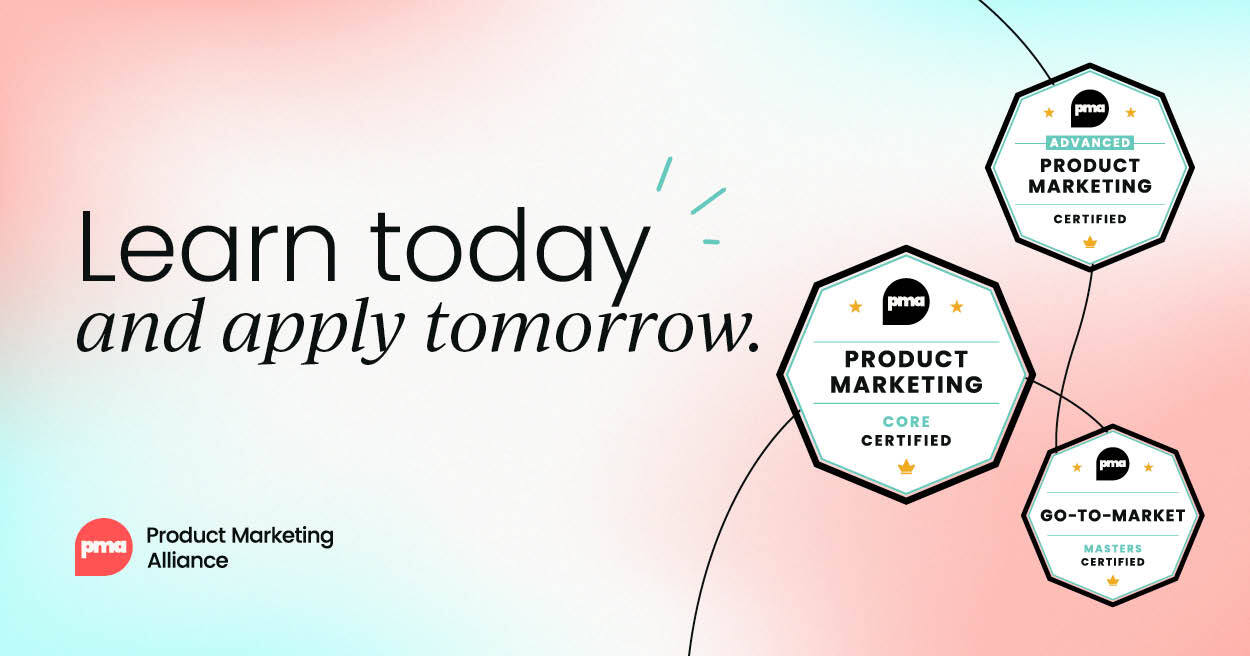
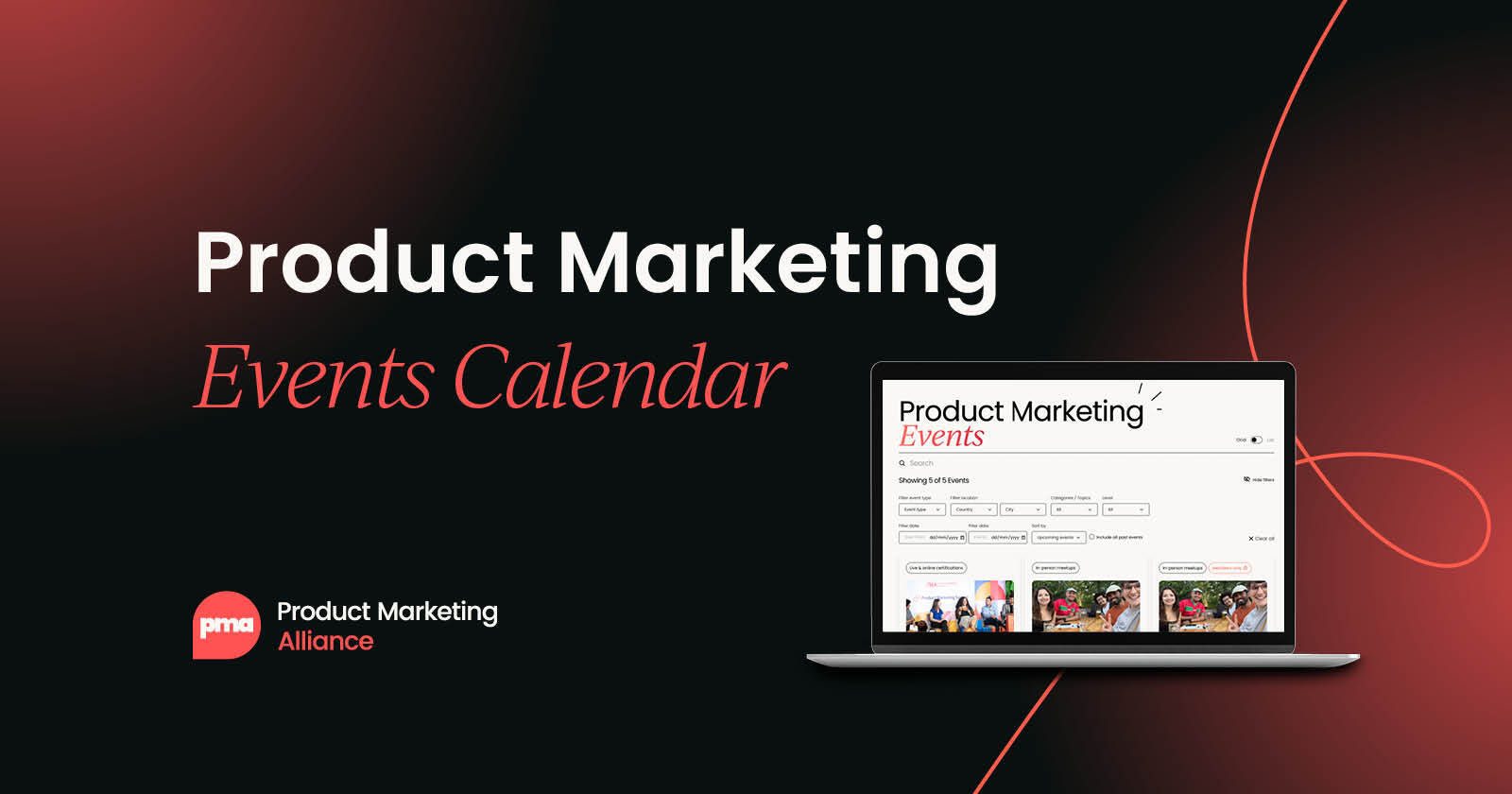


 Follow us on LinkedIn
Follow us on LinkedIn




.svg)
Start the conversation
Become a member of Product Marketing Alliance to start commenting.
Sign up now